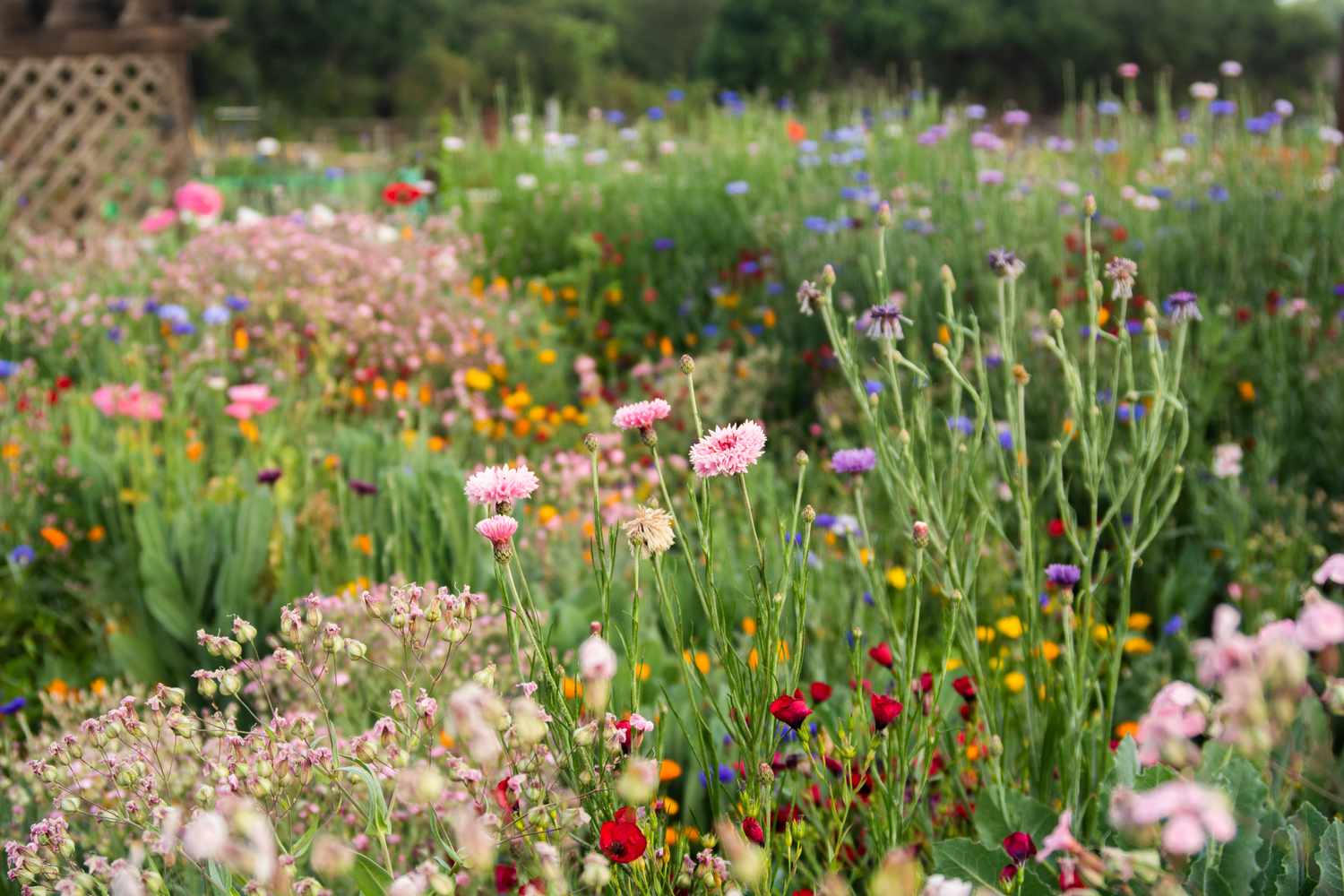

Articles
How To Plant A Wildflower Garden
Modified: March 24, 2024
Learn how to create a vibrant wildflower garden with our expert gardening tips. Transform your outdoor space into a colorful oasis with ease!
(Many of the links in this article redirect to a specific reviewed product. Your purchase of these products through affiliate links helps to generate commission for Storables.com, at no extra cost. Learn more)
Introduction
Welcome to the wonderful world of gardening! If you’re looking to add a touch of beauty and biodiversity to your outdoor space, a wildflower garden is a fantastic choice. Not only are wildflowers stunning to behold, but they also attract beneficial insects, birds, and butterflies, making your garden a thriving ecosystem.
Creating a wildflower garden may seem daunting at first, but with the right knowledge and a little bit of preparation, you can plant a flourishing patch of colorful blooms that will bring joy to your heart and support local wildlife.
In this article, we’ll guide you through the process of planting a wildflower garden, from choosing the right location to enjoying the magnificent blooms. So, let’s dive in and uncover the secrets of creating your very own wildflower paradise!
Key Takeaways:
- Create a thriving wildflower garden by choosing the right location, preparing the soil, selecting the perfect seeds, and providing adequate water. Embrace the beauty of nature and support local wildlife with a vibrant and flourishing garden.
- Attract and support pollinators in your wildflower garden by choosing native flowers, providing a range of blooming times, and creating a diverse and welcoming environment. Enjoy the beauty of your garden, share the joy with others, and continue to support local wildlife for a dynamic and ever-changing masterpiece.
Read more: How To Plant Wildflowers In Grass
Choosing the Right Location
Before you start planting your wildflower garden, it’s essential to choose the right location. Wildflowers thrive in areas that receive plenty of sunlight, typically around 6-8 hours per day. Observing your garden throughout the day will help you determine which spots are the sunniest.
It’s also important to consider the soil conditions in your chosen spot. Wildflowers generally prefer well-drained soil. If your soil is heavy and compacted, consider incorporating organic matter or creating raised beds to improve drainage.
Another factor to consider is the proximity to trees and shrubs. While some wildflowers can tolerate partial shade, most thrive in full sun. Planting your wildflower garden away from large shade-providing plants will ensure that the flowers receive ample sunlight.
Additionally, think about the visibility of your wildflower garden. Choosing a location that is easily visible from your home or a frequently used outdoor space will allow you to enjoy the vibrant blooms and the wildlife they attract.
Lastly, consider the size and shape of your garden. Whether you have a small patch or a larger area, wildflowers can be adaptable. You can create a traditional rectangular garden bed or opt for a more naturalistic, meadow-like design. Whatever you choose, make sure it suits your available space and meets your aesthetic preferences.
By selecting the right location for your wildflower garden, you’ll create the optimal conditions for your flowers to thrive and provide a visually stunning display for all to enjoy.
Preparing the Soil
Once you have selected the perfect location for your wildflower garden, the next step is to prepare the soil. Proper soil preparation is crucial for the successful establishment of your wildflowers.
Start by removing any existing grass, weeds, or debris from the area. You can do this by manually pulling them out or using a garden tool, such as a hoe or a rake. Be thorough in clearing the area to minimize competition for nutrients and space.
Next, loosen the soil by tilling or breaking it up with a garden fork. This will help improve drainage and create a loose, friable texture that is favorable for wildflower growth. Avoid excessive tilling, as it can disrupt the soil structure and promote weed growth.
After tilling, it’s a good idea to amend the soil with organic matter, such as compost or well-rotted manure. This will enrich the soil with nutrients, improve its water holding capacity, and enhance beneficial microbial activity.
Consider conducting a soil test to determine the pH level of your soil. Most wildflowers prefer a slightly acidic to neutral pH range (around 6.0-7.5). If the pH is too acidic, you can add lime to raise it. If it’s too alkaline, you can add sulfur or peat moss to lower it. Adjusting the pH will create an optimal growing environment for your wildflowers.
Before you proceed to plant the seeds, take the time to rake the soil smooth and remove any large clumps or rocks. This will provide a level surface for sowing the seeds and ensure even germination.
By properly preparing the soil, you will provide your wildflowers with optimum growing conditions, allowing them to establish deep roots and thrive in your garden.
Selecting Wildflower Seeds
Choosing the right wildflower seeds is an exciting part of creating your garden. With countless varieties and combinations to choose from, you can customize your wildflower garden to suit your preferences and the local climate.
Before purchasing your seeds, consider the specific needs of your garden. Take into account the amount of sunlight, soil type, and growing zone. Some wildflowers are more adaptable to different conditions, while others have specific requirements. Researching the native wildflowers in your region can give you a good idea of which species will thrive in your garden.
You can choose to buy individual packets of specific wildflowers or opt for a seed mix that contains a variety of species. Seed mixes are a popular choice for beginners as they offer a diverse selection of flowers that will bloom at different times, providing a longer flowering season and adding visual interest to your garden.
Consider the height and growth habit of the wildflowers. Some species grow tall and upright, while others have a spreading or mounding habit. Mixing different heights and growth habits will add depth and texture to your garden.
Pay attention to the specific requirements for germination. Some seeds need a period of cold stratification, where they are exposed to cold temperatures for several weeks to break dormancy. Others require scarification, which involves scratching or nicking the seed coat to promote germination. If you choose seeds with specific requirements, make sure to follow the recommended pre-treatment methods.
It’s worth noting that native wildflowers are highly beneficial for local pollinators and wildlife. They have evolved to thrive in the specific conditions of your region and provide important nectar and habitat for native bees, butterflies, and birds.
When selecting wildflower seeds, consider your desired color palette, bloom time, and the specific needs of your garden. By choosing the right seeds, you’ll set the stage for a vibrant and flourishing wildflower garden.
Planting the Seeds
Once you have selected the perfect wildflower seeds for your garden, it’s time to sow them and bring your vision to life. Planting wildflower seeds requires proper timing and technique to ensure successful germination and establishment.
The timing of seed sowing depends on your location and the specific wildflower species you have chosen. In general, spring and fall are ideal seasons for planting wildflower seeds. Spring planting allows for the seeds to benefit from the natural rainfall and warmer temperatures, while fall planting gives them a head start by allowing them to go through a period of cold stratification during winter.
Before sowing, prepare the soil by loosening it gently with a rake. This will create a suitable seed bed and aid in seed-to-soil contact, which is crucial for germination. If you have opted for a seed mix, consider mixing the seeds with clean sand to help distribute them evenly across the area.
Sprinkle the seeds over the prepared soil, aiming for an even distribution. Depending on the size of your garden, it may be helpful to divide the area into sections and sow the seeds section by section. Use your hands or a seed spreader to ensure an even coverage.
Once the seeds are sown, lightly rake the soil again to gently cover them with a thin layer of soil. Avoid burying them too deep, as most wildflower seeds require exposure to light for germination. Water the area gently, using a fine spray or mist setting, to settle the seeds into the soil.
It’s essential to keep the soil consistently moist during the germination period, which typically lasts a few weeks. Be mindful of overwatering, as this can cause the seeds to rot. Monitor the moisture level and water as needed to ensure the soil remains slightly damp until the seeds sprout.
Patience is key when it comes to wildflower seeds. Depending on the species, germination can take anywhere from a couple of weeks to several months. Be prepared for some variation in germination time, as different species have different requirements.
By following these steps and providing the right conditions, you’ll give your wildflower seeds the best chance to germinate and establish a beautiful, colorful display in your garden.
Choose a variety of wildflower seeds that are native to your region for a successful and low-maintenance wildflower garden.
Read more: How To Plant Wildflower Seeds On A Slope
Providing Adequate Water
Watering plays a crucial role in the successful growth and development of your wildflower garden. While wildflowers are known for their resilience and ability to thrive in various conditions, it’s important to provide them with adequate moisture, especially during the early stages.
During the germination phase, it’s essential to keep the soil consistently moist but not waterlogged. This will help the seeds to sprout and establish roots. Use a gentle spray or mist setting to water the area, ensuring that the soil remains slightly damp.
As the wildflowers start to grow, adjust your watering routine to encourage deep root development. Watering deeply and infrequently is generally more beneficial than frequent shallow watering. Aim to provide about an inch of water per week, either through rainfall or supplemental irrigation.
Keep an eye on the weather conditions and adjust your watering schedule accordingly. If there’s an extended dry period, you may need to increase the frequency of watering to prevent the soil from becoming too dry. Conversely, reduce watering during periods of heavy rainfall to avoid waterlogging the soil.
One effective way to ensure that the water reaches the roots is by using a soaker hose or drip irrigation system. These methods deliver water directly to the soil, minimizing evaporation and reducing the likelihood of fungal diseases.
It’s important to strike a balance with watering, remembering that wildflowers are generally more drought-tolerant once established. Gradually reduce the frequency of watering as the plants mature and develop deeper root systems. This will encourage their resilience and adaptability to varying moisture conditions.
In addition to regular watering, consider mulching around your wildflower garden. A layer of organic mulch, such as shredded bark or straw, helps to retain soil moisture, suppress weed growth, and regulate soil temperature. Apply a thin layer of mulch, taking care not to cover the emerging seedlings.
By providing adequate water, you’ll ensure the healthy growth and long-term survival of your wildflowers, allowing them to thrive and enchant your garden with their vibrant blooms.
Controlling Weeds
Weeds are a common nuisance in any garden, and keeping them under control is essential for the health and beauty of your wildflower garden. Weeds compete with your wildflowers for water, nutrients, and sunlight, potentially overshadowing and choking out the desired plants.
One of the best strategies for weed control in a wildflower garden is to establish healthy and dense stands of wildflowers. When your wildflowers are thriving, they will naturally outcompete weeds, reducing their growth and impact.
However, in the early stages of your wildflower garden, when the plants are still establishing, it’s important to take action to prevent weeds from taking over. Here are some effective methods to control weeds:
1. Mulching: Apply a layer of organic mulch around the base of your wildflowers. This will help smother weed growth, conserve soil moisture, and add a neat and tidy appearance to your garden. Be careful not to suffocate the base of the wildflower plants with excessive mulch.
2. Hand weeding: Regularly inspect your garden and manually remove any weeds that emerge. Be sure to pull them out by the roots to prevent regrowth. Hand weeding is particularly effective when done early in the morning or after rainfall when the soil is moist, making it easier to remove the entire weed.
3. Herbicides: While minimizing the use of herbicides is generally recommended in a wildflower garden to preserve biodiversity, there may be circumstances where selective herbicides can be used as a last resort to control stubborn weeds. If considering this option, choose herbicides that specifically target the undesirable plants and follow the instructions carefully to avoid harm to your wildflowers.
4. Prevention: A proactive approach is key to weed control. Regularly monitor your garden for new weed growth and take immediate action. Prevent weed seeds from entering your garden by using weed-free soil, compost, and mulch.
Remember, maintaining a healthy and vibrant wildflower garden requires ongoing weed management. By staying vigilant and employing effective weed control techniques, you’ll create an environment where your wildflowers can truly thrive and take center stage.
Maintaining the Garden
Maintaining your wildflower garden is crucial for its long-term success and enjoyment. By implementing a few simple maintenance practices, you can ensure that your garden remains healthy, vibrant, and free from potential problems.
1. Regular Inspection: Take regular walks through your garden to observe the health and growth of your wildflowers. Look for any signs of pests, diseases, or nutrient deficiencies. Early detection allows for prompt intervention and ensures the well-being of your plants.
2. Deadheading: Deadheading is the practice of removing spent flowers from your wildflowers. Not only does this keep your garden looking neat and tidy, but it also encourages further blooming by redirecting energy from seed production to new flower growth. Use pruners or scissors to snip off the faded blooms, taking care not to damage the surrounding foliage.
3. Fertilization: While wildflowers generally don’t require heavy fertilization, a light feeding once or twice a year can help ensure optimal growth. Use a low-nitrogen, slow-release organic fertilizer to avoid excessive vegetative growth at the expense of flower production. Follow the product instructions for application rates and timing.
4. Division and Transplanting: Over time, certain species of wildflowers may become overcrowded or start to decline in vigor. Dividing clumps or transplanting overcrowded plants can help rejuvenate them. This is best done during the cooler months when the plants are dormant or less stressed.
5. Pruning and Trimming: Some wildflower species may benefit from occasional pruning or trimming to maintain their shape and prevent them from becoming too leggy. Prune back any dead or damaged growth and remove any unwanted suckers or runners to maintain the desired appearance of your garden.
6. Pest and Disease Management: Keep an eye out for common garden pests such as aphids, snails, and slugs. If necessary, use organic pest control methods such as handpicking, companion planting, or insecticidal soaps. Monitor your plants for signs of diseases, such as powdery mildew or fungal infections, and take appropriate measures to control them, such as improving air circulation or utilizing organic fungicides if necessary.
7. Record Keeping: Keeping a garden journal can be incredibly helpful. Note important dates, observations, and any actions taken. This will allow you to track the progress of your garden, identify trends, and make informed decisions about future maintenance and improvements.
By incorporating these maintenance practices into your routine, you’ll ensure that your wildflower garden remains healthy, visually appealing, and a source of joy for years to come.
Attracting Pollinators
One of the greatest joys of a wildflower garden is the opportunity to attract and support a diverse array of pollinators. Pollinators, such as bees, butterflies, and hummingbirds, play a vital role in the ecosystem by facilitating plant reproduction and ensuring the production of fruits and seeds.
Here are some tips to help you attract pollinators to your wildflower garden:
1. Choose Native Wildflowers: Native wildflowers are particularly attractive to local pollinators because they have co-evolved with these species. Native plants provide an abundant source of nectar, pollen, and habitat for a wide variety of pollinators.
2. Provide a Range of Blooming Times: Aim for a variety of wildflowers that bloom at different times throughout the growing season. This will ensure a continuous food source for pollinators from early spring to late summer. Research the bloom times of the wildflowers you choose and plan your garden accordingly.
3. Plant in Groups: Cluster several of the same species of wildflowers together rather than scattering them individually throughout the garden. Pollinators are more likely to notice and visit groups of flowers, leading to more efficient pollination.
4. Create Diversity in Flower Shapes and Colors: Different pollinators are attracted to specific flower shapes and colors. Include a variety of flower shapes, such as bell-shaped, tubular, or flat, to accommodate different pollinators. Use a range of colors, including red, purple, blue, and yellow, as they tend to be highly attractive to pollinators.
5. Provide Shelter and Water: Pollinators need more than just nectar-rich flowers. Incorporate features like bird baths, shallow dishes of water, or small ponds to provide a water source for pollinators. Also, consider adding structures like rocks, logs, or a bee hotel to offer shelter and nesting sites.
6. Avoid Pesticides: Minimize or eliminate the use of pesticides in your garden, as they can be harmful to pollinators. Use natural pest control methods or consider integrated pest management strategies to address pest issues selectively.
7. Maintain a Diverse Garden: Include flowering plants beyond wildflowers to provide a continuous food source for pollinators. Consider adding herbs, shrubs, and trees with flowers that attract pollinators. This will diversify the available resources and support a wider range of pollinator species.
By implementing these strategies, your wildflower garden will become a pollinator-friendly haven, supporting the crucial work of these charismatic creatures and enhancing the biodiversity of your outdoor space.
Read more: How To Plant A Desert Wildflower Garden
Enjoying the Blooms
After all the hard work of planning, planting, and maintaining your wildflower garden, it’s time to sit back, relax, and enjoy the beautiful blooms that adorn your outdoor space. Here are some tips on how to fully appreciate and make the most of your wildflower garden:
1. Take Time to Observe: Spend quiet moments in your garden, observing the intricate beauty and diversity of the wildflowers. Take note of the different colors, shapes, and textures of the blooms. Watch as pollinators visit and interact with the flowers, reveling in the vibrant dance of nature.
2. Create Bouquets: Bring the beauty of your wildflower garden indoors by creating stunning bouquets. Carefully select a variety of flowers, making sure to leave enough blooms for the pollinators. Arrange the flowers in vases, and enjoy the vibrant colors and delightful fragrance in your home.
3. Share the Joy: Invite friends, family, or neighbors to witness the beauty of your wildflower garden. Organize a garden tour or host a picnic amidst the blossoms, sharing the tranquil ambiance and the captivating display with your loved ones.
4. Document Your Garden’s Progress: Keep a photo journal or a scrapbook to document the progress of your wildflower garden throughout the seasons. Capture the early blooms, the height of the flower-filled display, and the changing colors as autumn approaches. It will be a cherished memento of the hard work and beauty you have cultivated.
5. Learn and Share Knowledge: Deepen your understanding of wildflowers and share your knowledge with others. Attend local workshops or join gardening groups where you can access valuable information, exchange ideas, and discover new species to add to your garden.
6. Support Local Wildlife: Continue to attract and support pollinators by providing additional resources. Consider installing feeders for hummingbirds or butterfly houses for these delicate creatures to rest and lay their eggs. By creating a welcoming environment for wildlife, you contribute to the conservation and preservation of these important species.
7. Reflect and Plan: At the end of each growing season, take the time to reflect on your wildflower garden’s success and areas for improvement. Consider the plants that thrived, the ones that faced challenges, and make plans for any adjustments or additions you’d like to make for the following year.
Remember, a wildflower garden is a dynamic and ever-changing masterpiece. Embrace the ephemeral beauty of each bloom and relish in the connection to nature that your garden provides. May your wildflower garden bring you joy, inspiration, and a renewed appreciation for the wonders of the natural world.
Frequently Asked Questions about How To Plant A Wildflower Garden
Was this page helpful?
At Storables.com, we guarantee accurate and reliable information. Our content, validated by Expert Board Contributors, is crafted following stringent Editorial Policies. We're committed to providing you with well-researched, expert-backed insights for all your informational needs.
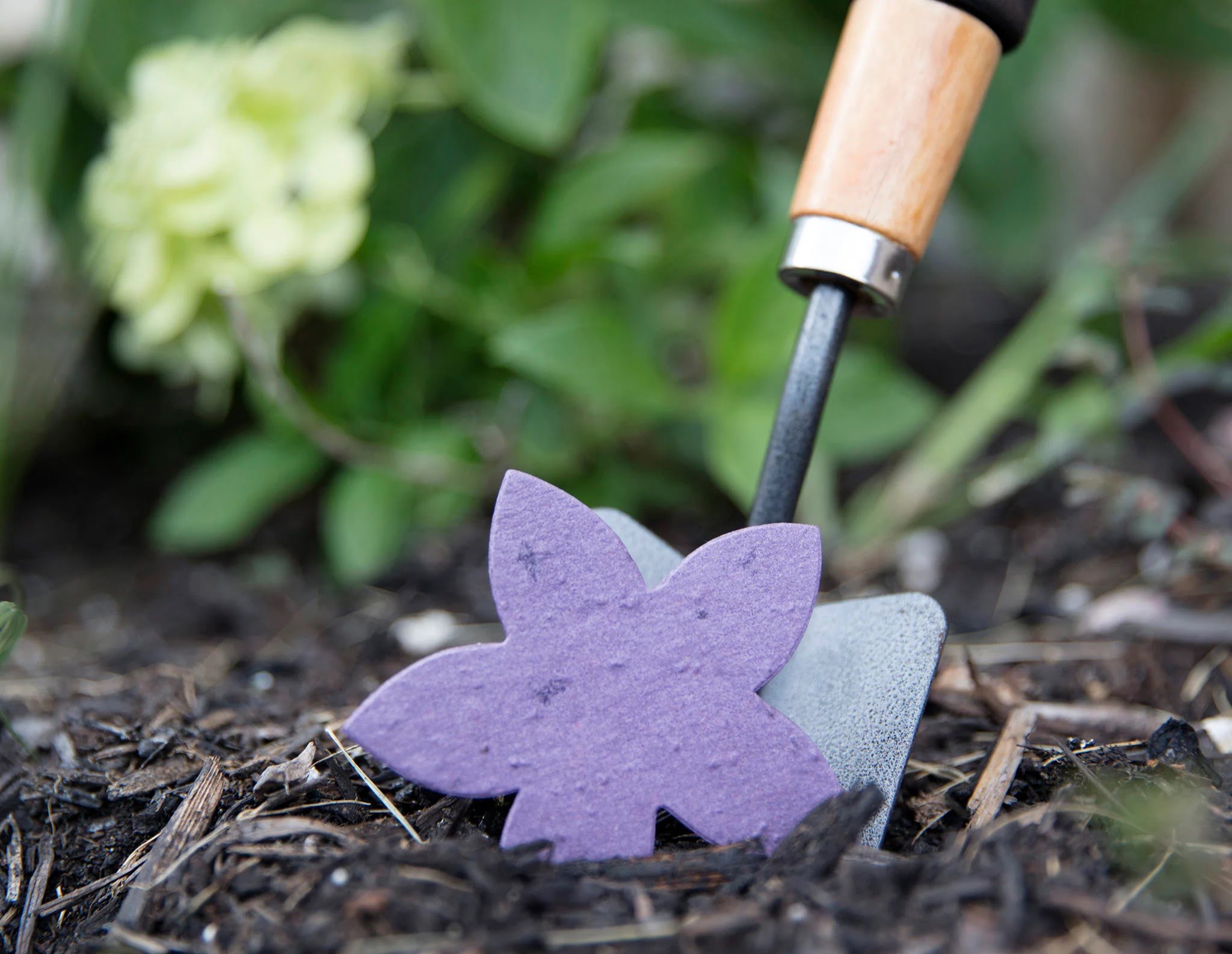
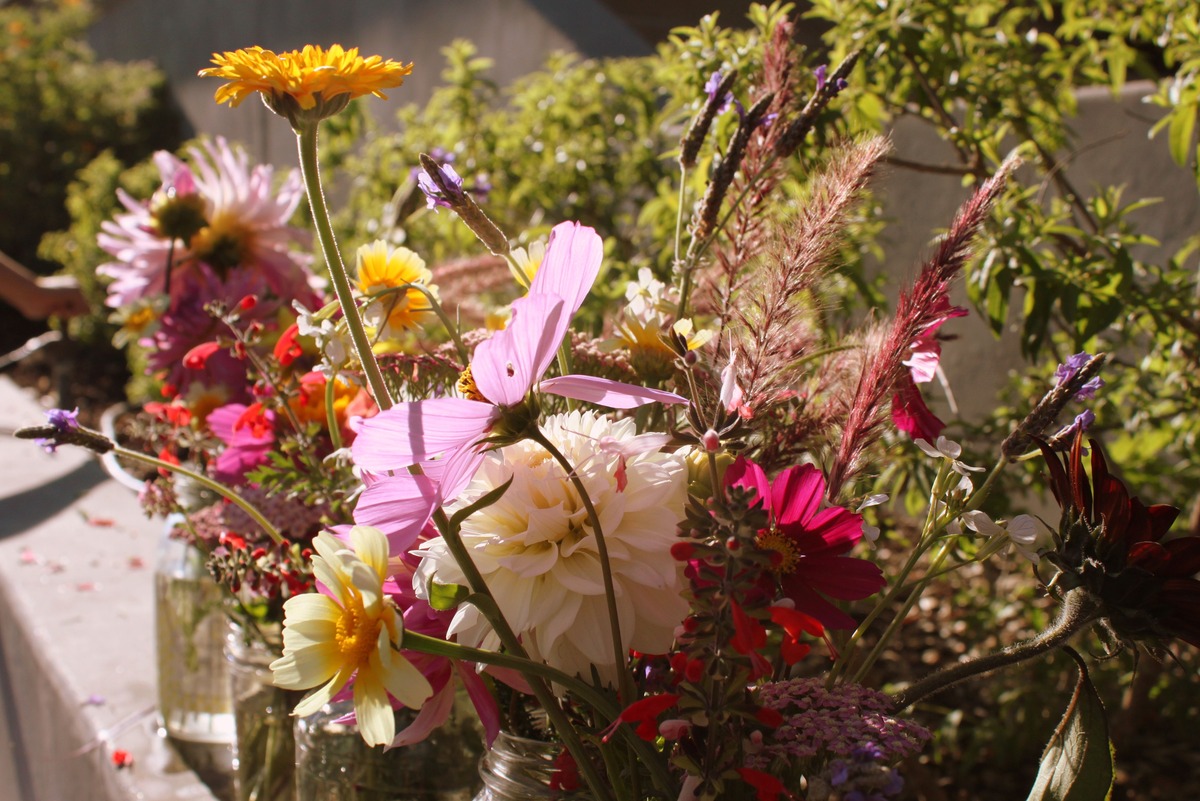
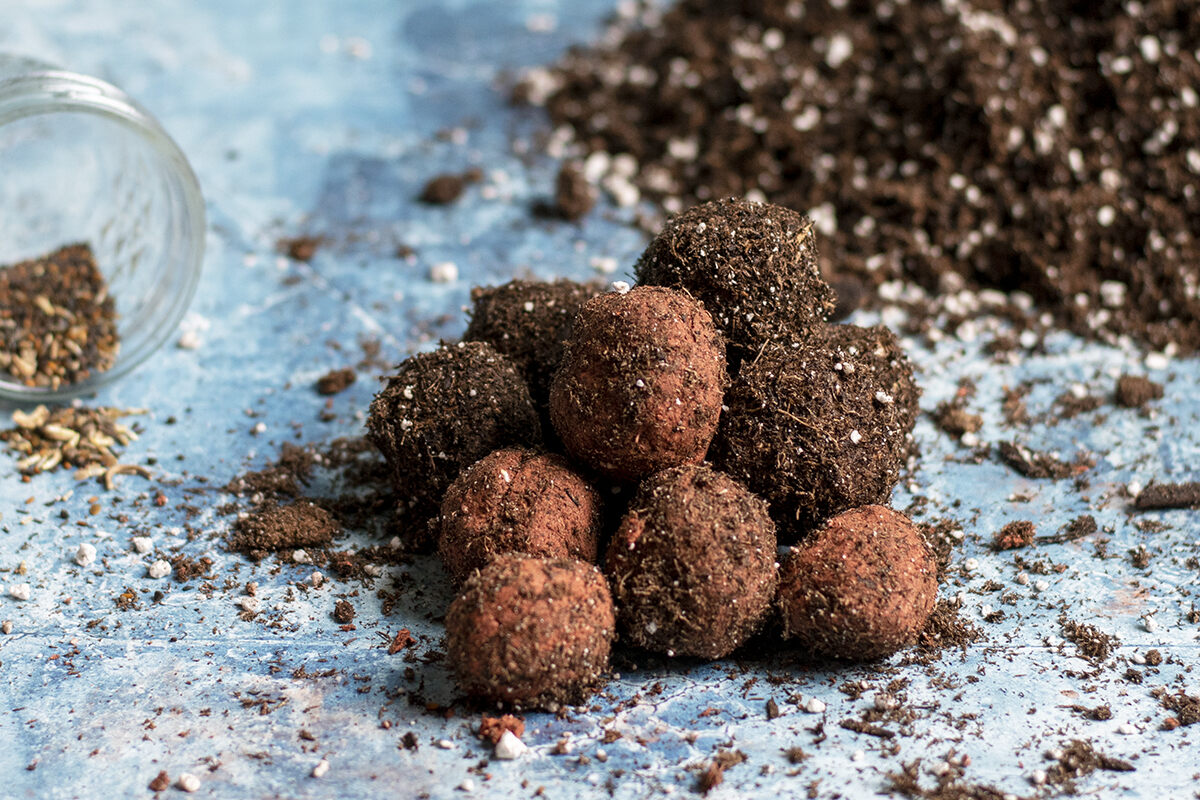
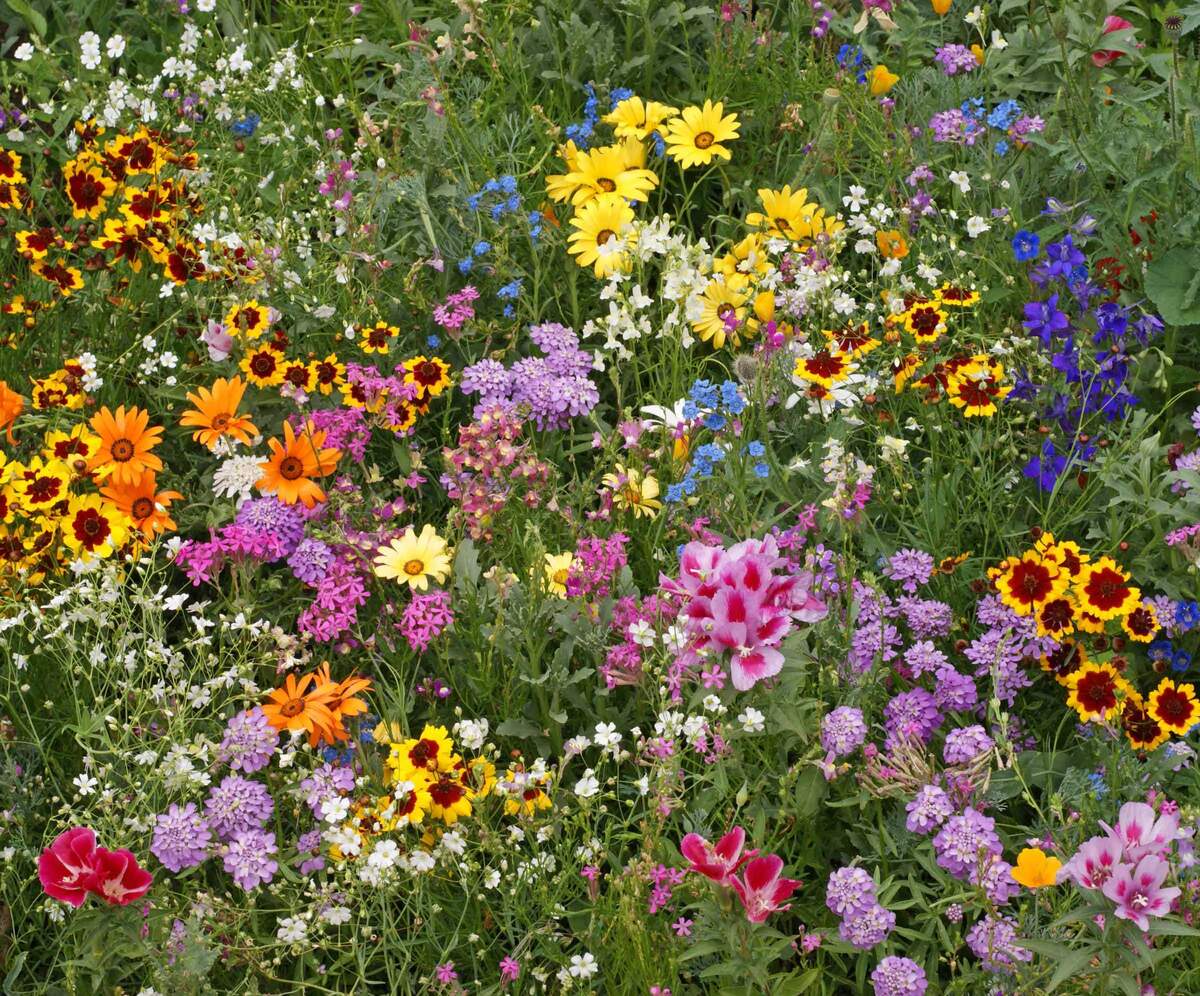
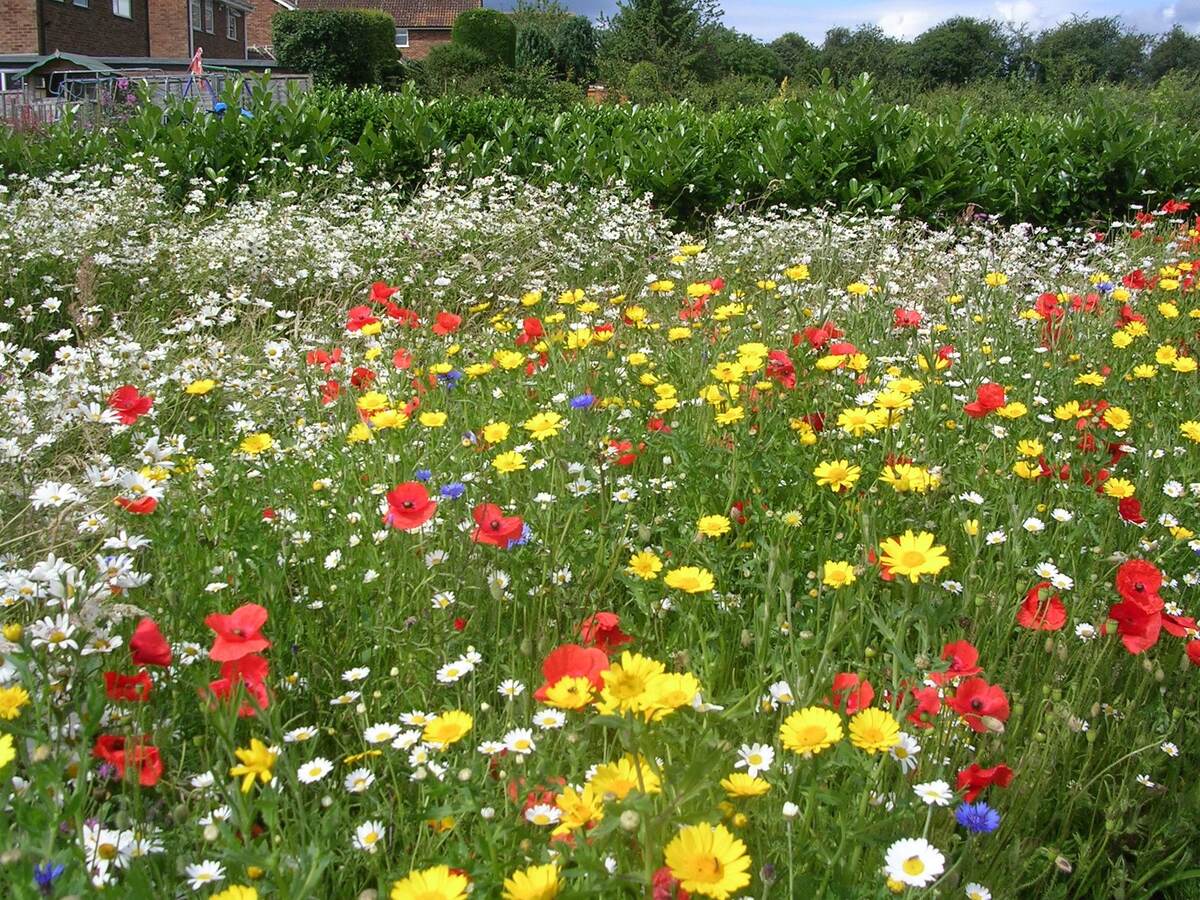
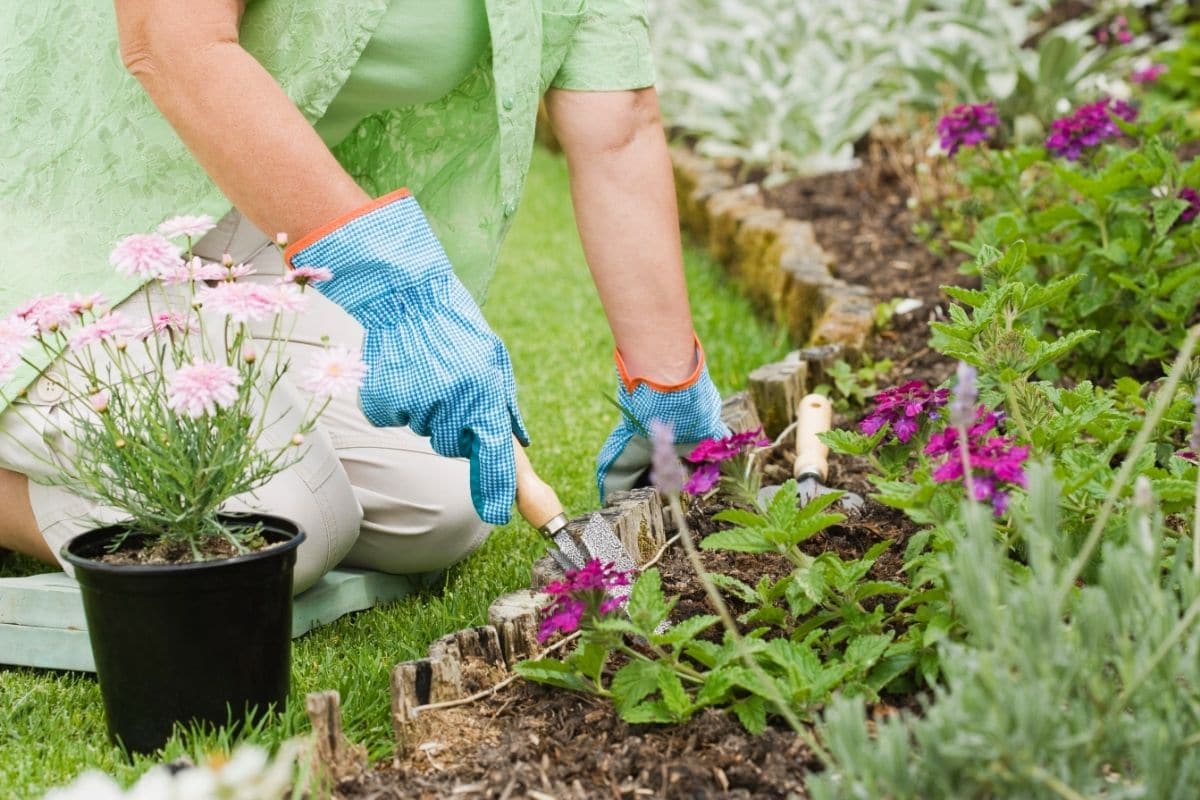
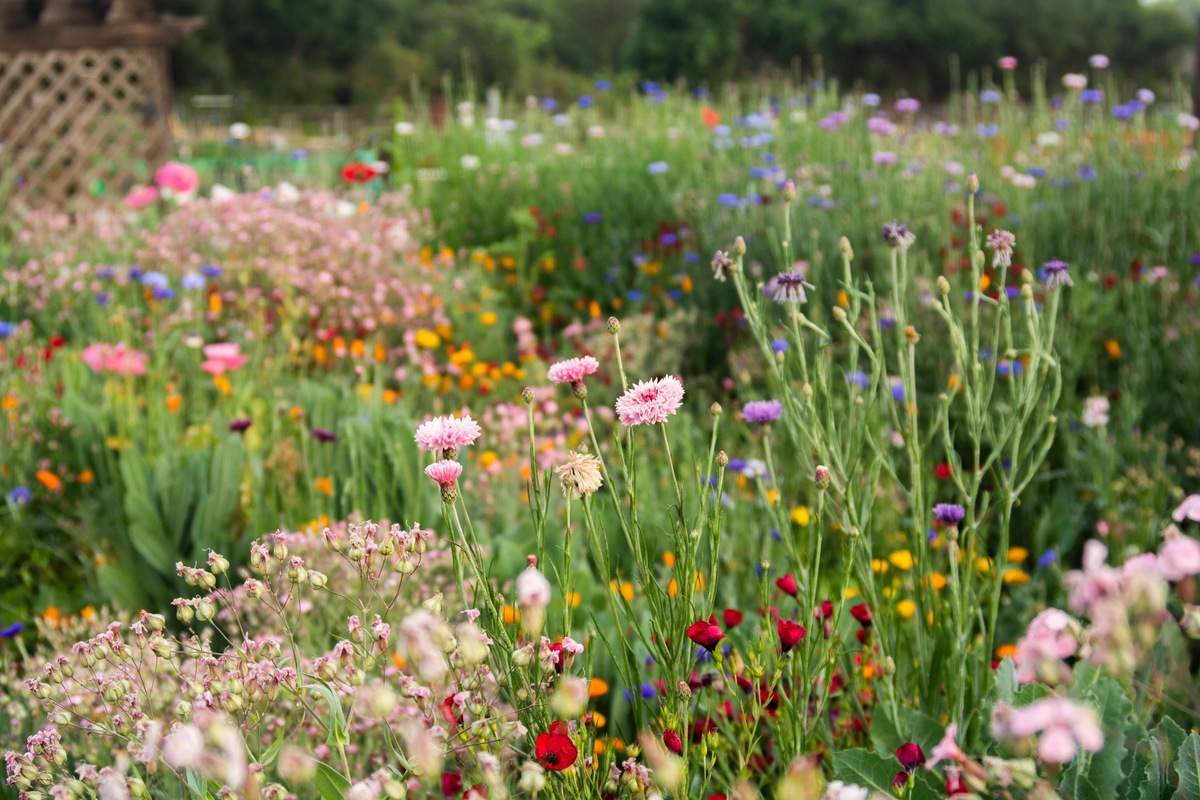
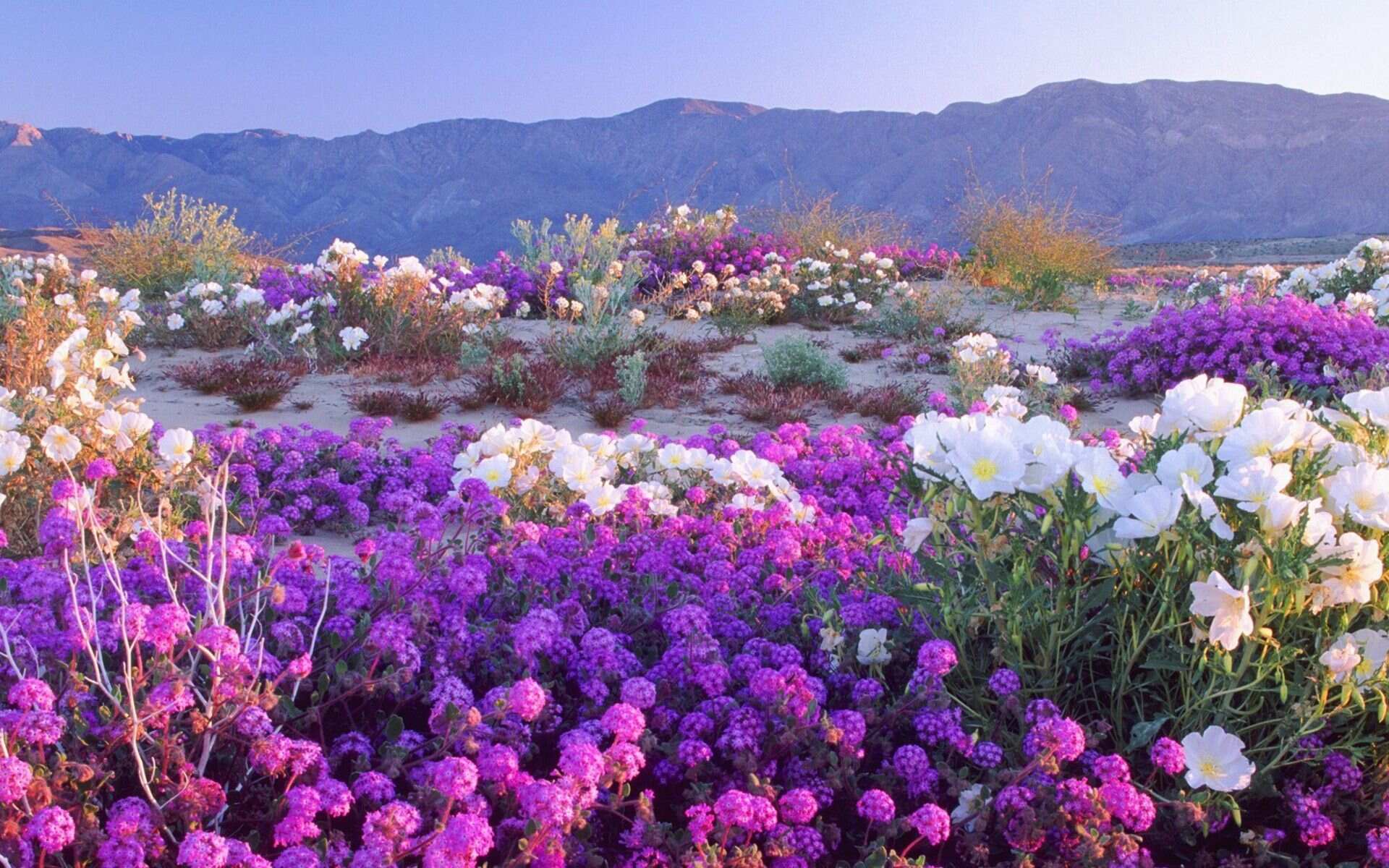
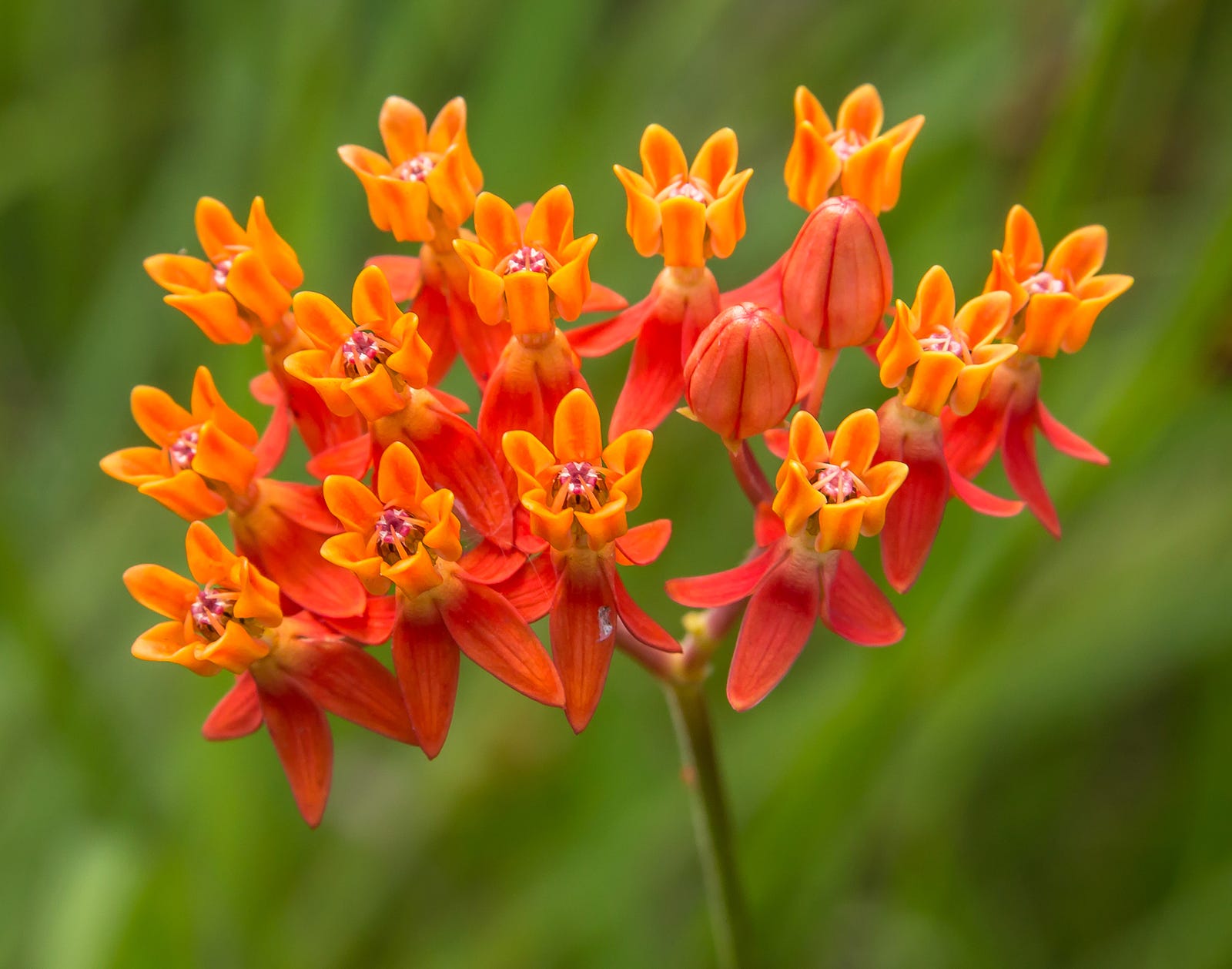
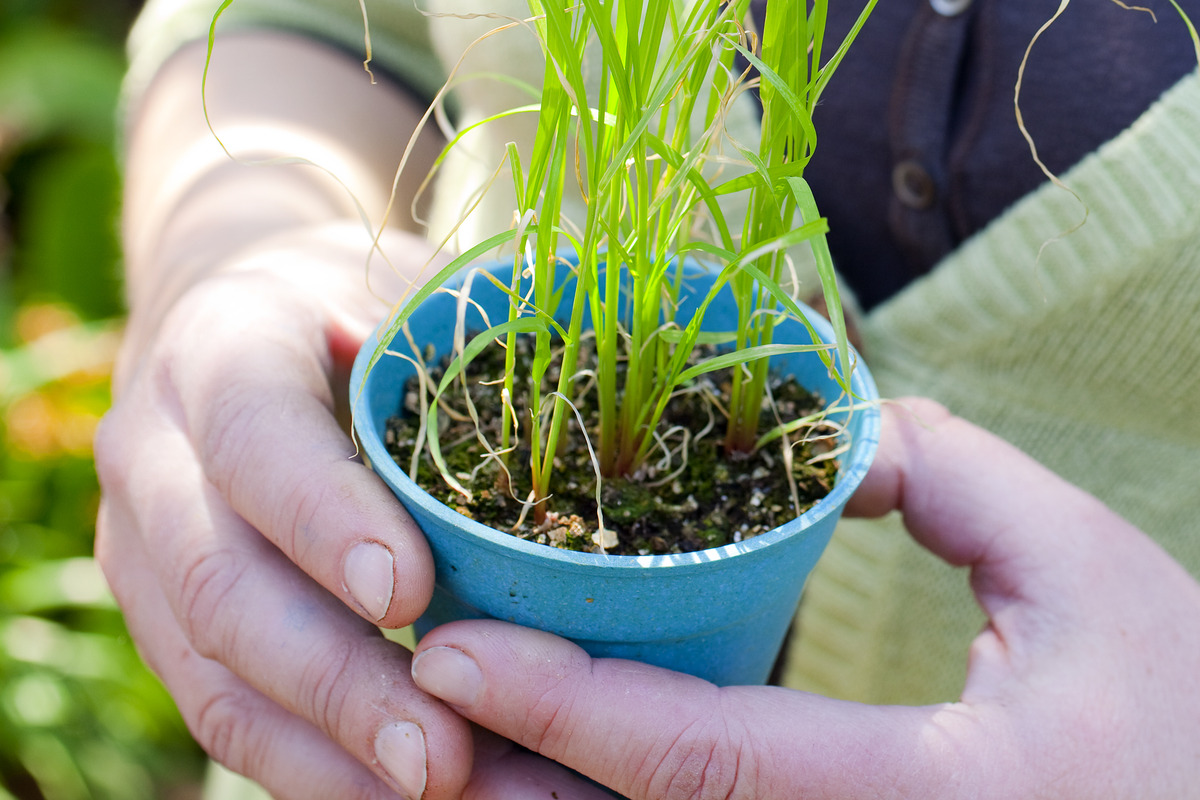
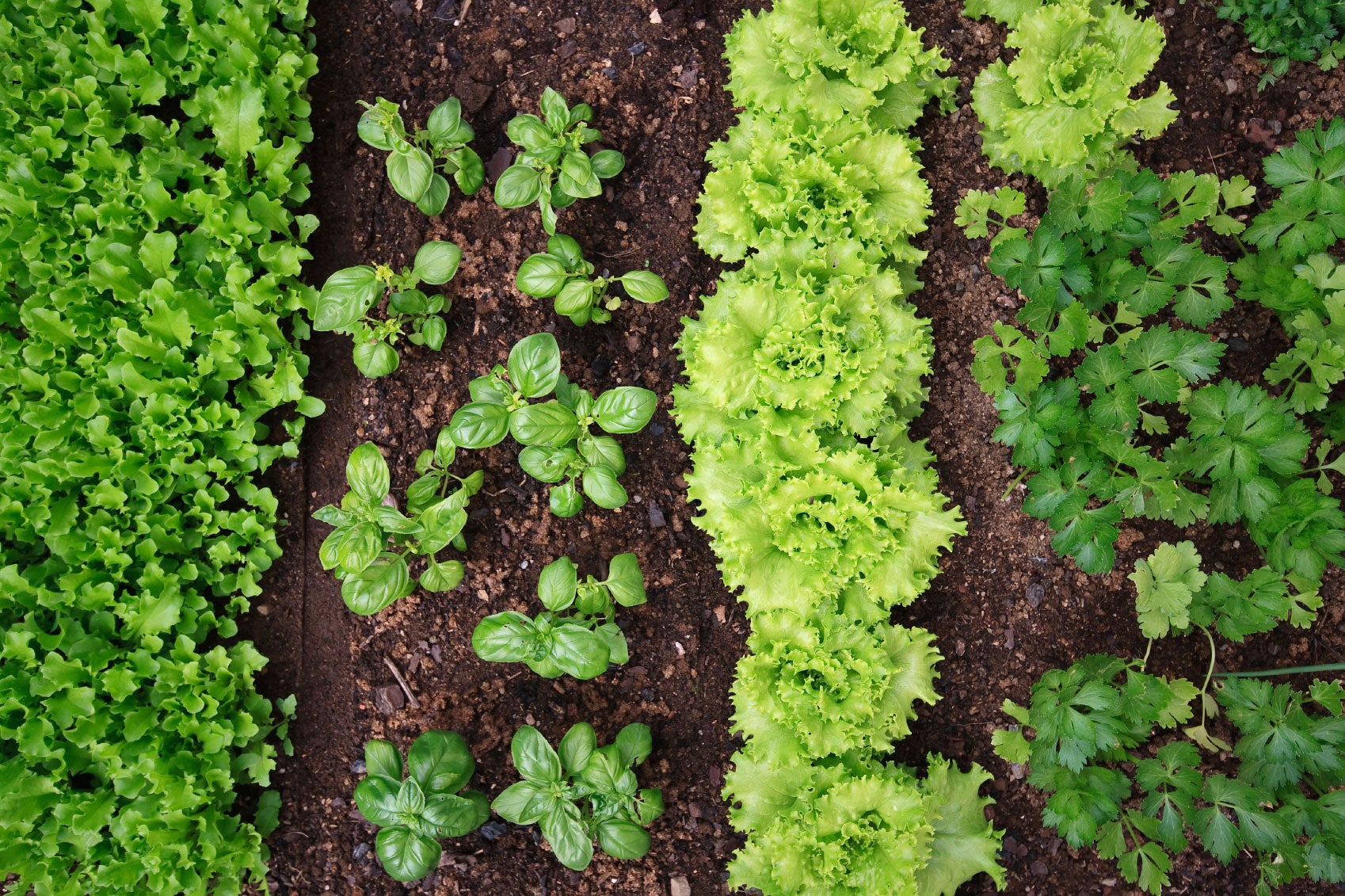
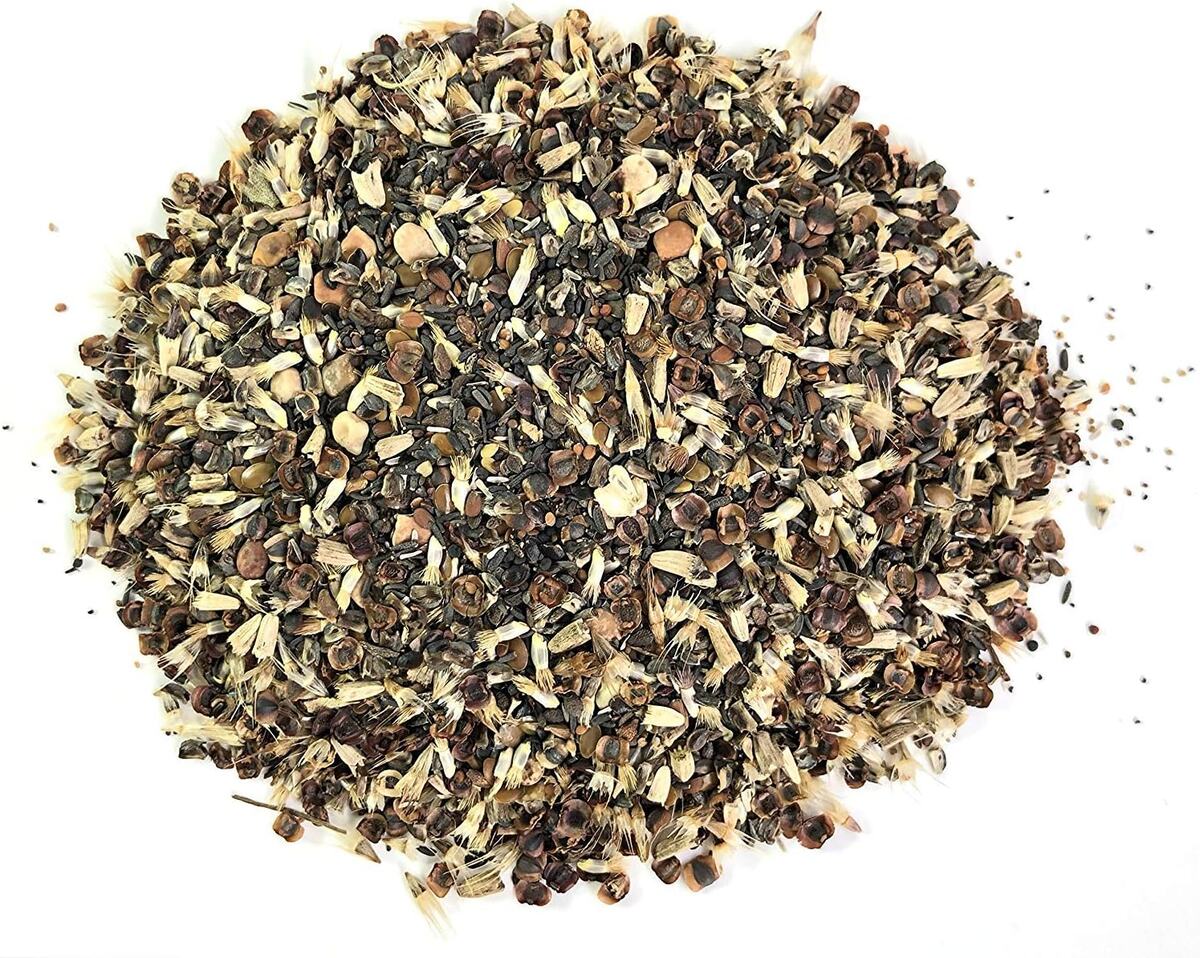
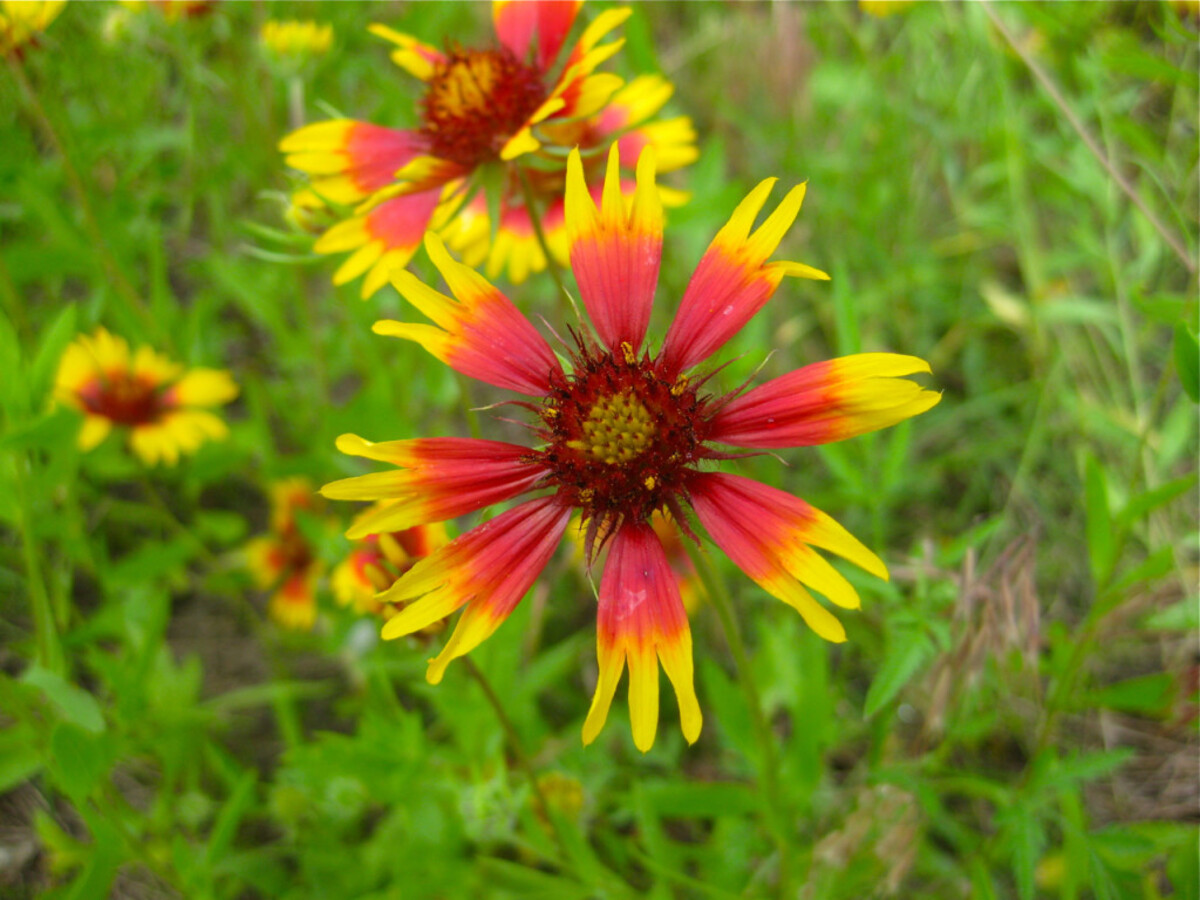

0 thoughts on “How To Plant A Wildflower Garden”